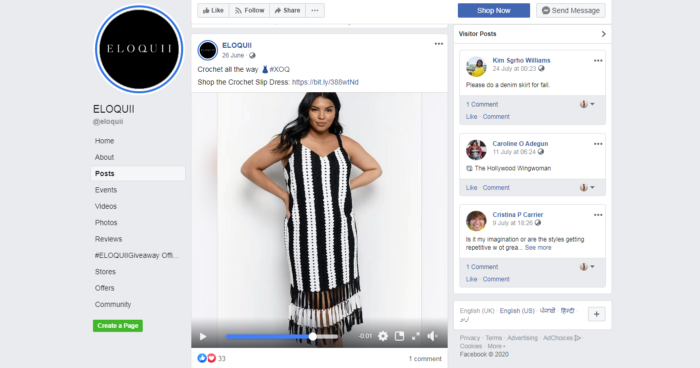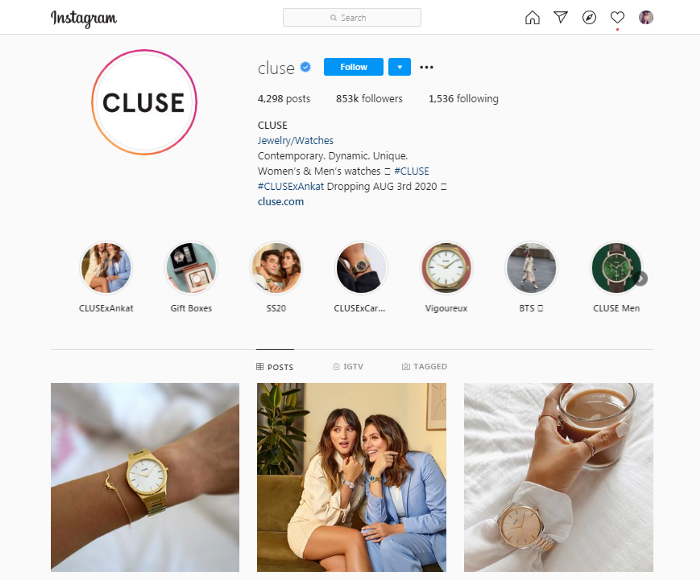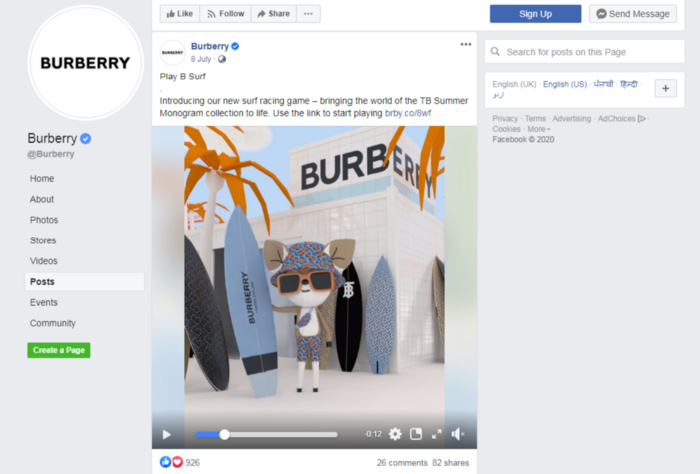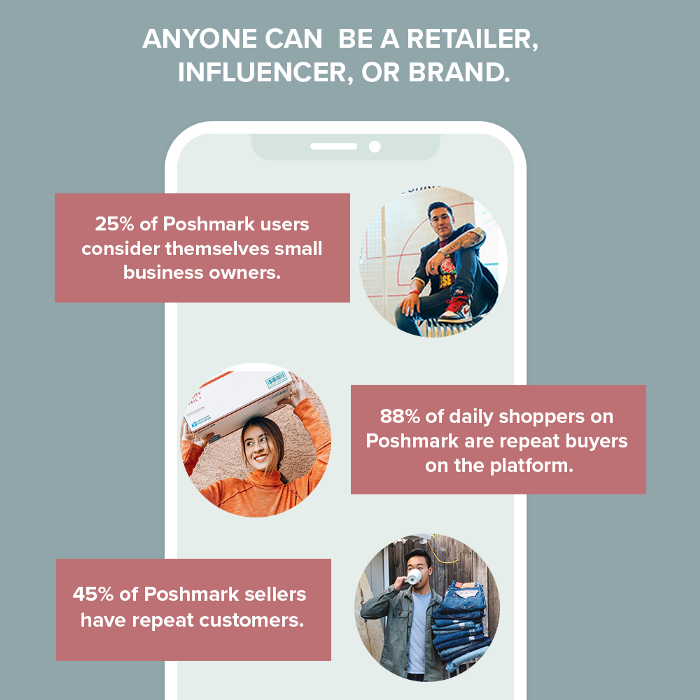Shopping just isn’t what it used to be! We slowly ‘n steadily switched from brick & mortar stores to eCommerce websites and now we are proceeding towards another dimension — Social Commerce.
That doesn’t mean retail is dead in any way, it’s transforming!
Gen Z and Millennials are the primary consumers of today’s retail industry for obvious reasons. These are the people who spend most of their time online for their day-to-day activities like attending various classes, working remotely, playing games, shopping, and whatnot. It may not surprise you that out of the total time they spend online, a significant part of it is used for social media platforms. Influenced by their favourite celebrities, they are continuously adding products to their subconscious wishlist. No wonder, this generation is persuaded by everything that is going on in the virtual world.
What is Social Commerce?
Gone are the days when people used to search for their favourite brands on search engines. Nowadays people prefer shopping through social media accounts or social commerce websites like Poshmark. On such platforms, they can’t just buy stuff but also interact with the sellers as well as other buyers at the same time.
“Researchers forecast that e-sales will exceed $735 billion by 2023.” — Blazon
Welcome to the exciting new frontier of social commerce!

To be precise, Social commerce is the new way of shopping where social media platforms are utilized to promote, sell and purchase products and services. It is a subset of eCommerce that supports social interaction, user engagement and contribution to assist online buying and selling.
The basic and most popular example of Social Commerce is Facebook Shops. It is a virtual marketplace that allows brands to advertise, interact and sell their products/ services. No doubt, it is the best option for new, small and local brands who do not want to spend hundreds of dollars on launching their own websites.
As expected, this social giant is gaining more popularity amid the Coronavirus pandemic because people are spending more and more time on social media while practising self-isolation.

Let’s take a look at some social commerce facts curated by Blazon:
- The average internet user uses social networks for about 2 hours and 15 minutes daily.
- 71% of online shoppers will recommend the brand they bought on social media.
- 52% of online and offline purchases were influenced by Facebook in 2015
- Social media recommendations influence 23% of online consumers.
- 84% of US online buyers take a look at a social media website before purchasing.
- Customers referred from Facebook order $55 worth of goods on average.
Popular Brands using Social Media Platforms for eCommerce
Here I am listing a few brands which are awesome examples of smart social selling:
CLUSE: The Instagram handle of this brand represents a shining example of social commerce. They have more than 800k followers and their feed is full of user-generated content to showcase their products to the customer with a personalized touch.

FUNKO: This brand has proven ‘The Power of FREE” in the right terms. It is commendable how smartly they have utilized the celebrity-oriented platform — Twitter. They have 1 Million followers on Twitter and their best strategy is giveaways.
Followers are very happy to tag, share and retweet when they are getting something in return in the form of a giveaway.

BURBERRY: Social commerce is open to everyone! When new brands are trying to save their additional expenditure on website development, the well-established brands try to get closer to their customers through platforms like Facebook.
Founded in 1856, Burberry is a global luxury brand. They understand how people these days are making bulk purchases on social media platforms. They use bite-sized videos and Facebook Live to bring their products to life.

The concept of Social Commerce started with practising eCommerce over social media platforms like Facebook, Twitter & Instagram. But, nowadays Social Commerce is not limited to just using social media platforms. There are exclusive Social Commerce Marketplaces like Poshmark.
Let’s understand how Poshmark is different from other eCommerce websites:
Poshmark is a social commerce application available for both iOS and Android devices and they have a website too. The platform offers female, male, kid fashion and home décor items. It is a platform where users can upload and sell products. So, the platform is basically facilitating the transaction by providing safe & secure payment and shipping options.

The most important feature of this website is that the merchants here are not just limited to selling products, but they have a social profile consisting of shares and followers. Additionally, users can create virtual closets that people can follow.
There are more such marketplaces likeVinted — an online marketplace and community that allows its users to sell, buy, and swap secondhand clothing items and accessories.
Wrap Up
This is just the beginning of Social Commerce as there might be infinite unexplored opportunities waiting for us. Social commerce is not just about selling but providing an experience to the consumer. Till now we have explored areas like a marketplace for secondhand items, Going Dutch, second-opinion marketplace, etc., but who knows what’s next! There are still many possibilities to unleash the full potential of Social Commerce.
Interested to learn more about social commerce marketplaces? Read this amazing article by Yo!Kart — Multi-vendor eCommerce Platform: https://www.yo-kart.com/blog/start-social-commerce-marketplace/
Originally published at https://medium.com/@akankshachandan/the-next-generation-of-retail-social-commerce-2d41901d3844

